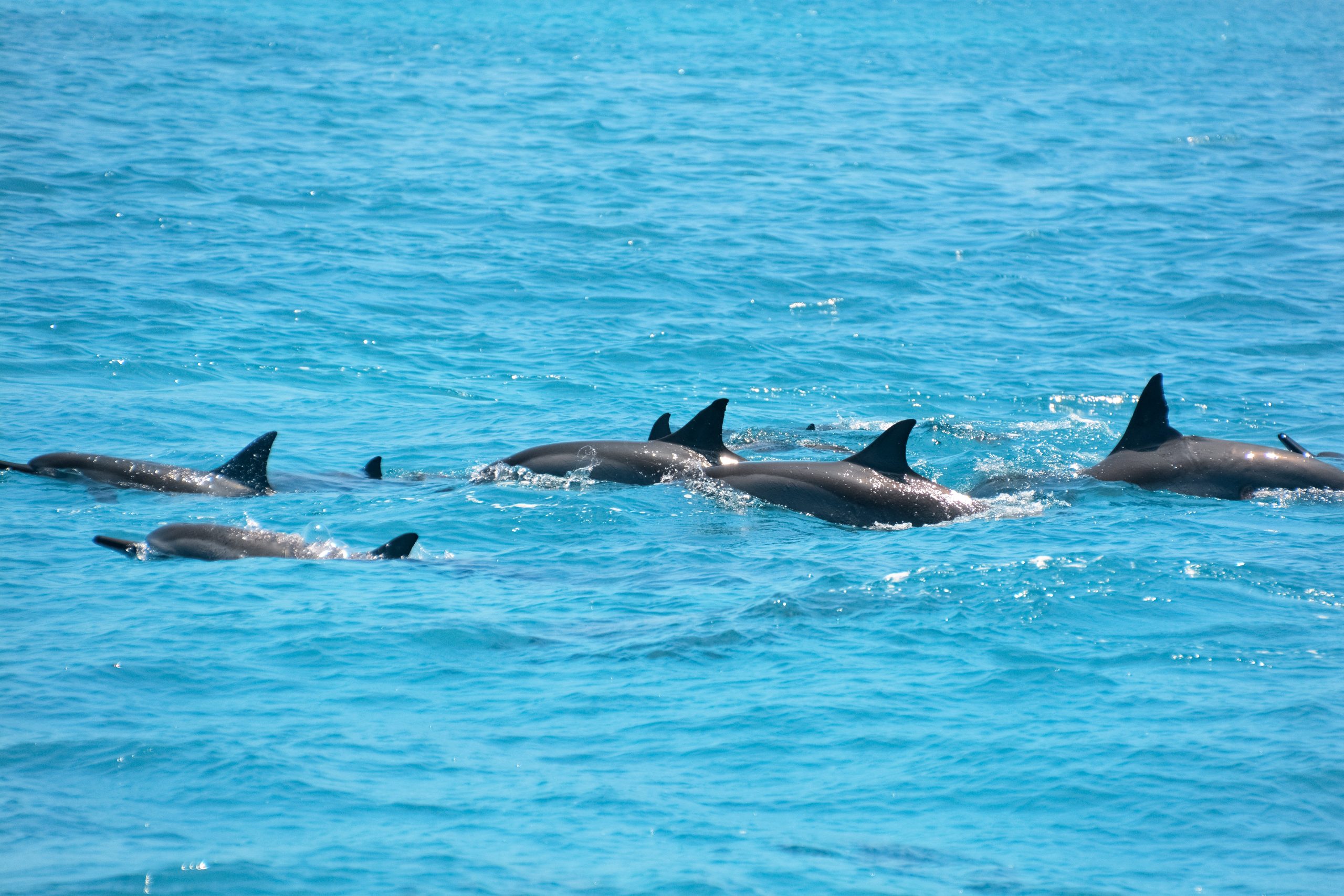Communication, Education & Public Awareness
- Last updated | 16 August 2023
Communication, Education and Public Awareness (CEPA) are important instruments for the conservation and sustainable use of biodiversity. CEPA provides the crucial link from science and ecology to people’s social and economic realities. It supplies the oil for the implementation of the Convention on Biological Diversity and deals with the processes that motivate and mobilise individual and collective action. It comprises a range of social instruments including information exchanges, dialogue, education, and marketing.
In most cases, it is not sufficient to simply inform people about biodiversity, marine mammals, or individual species so that they can correct or improve their behaviour and actions. Such changes are not born from rational individual choice alone. Therefore, marine mammal or MPA managers must consider differing approaches of utilising communication, education, and public awareness beyond utilising it is a mechanism to simply make scientific information available to the wider public.

In a study published in 2010, it was discovered that the general public did not hold a great understanding on the importance of charismatic megafauna [1]. As a result of this limited understanding potential harmful behaviours towards cetaceans could arise. Harmful activities could include approaching wild cetaceans in a potentially detrimental manner (approaching too quickly, within unfavourable proximity), attempting to touch them and/or possibly attempting to feed them.
In this light, CEPA can ultimately be utilised by managers to not only highlight underlying and direct causes of impact to target species and populations, within and adjacent to the MPA, but also as a tool to reduce, or limit, the impact of such causes. Moreover, CEPA can be deployed to empower stakeholders and increase buy-in through participatory planning processes when developing management plans for MPAs, or marine mammal species. This, for example, could reduce the highlighted impact of entanglement or bycatch via tools to raise awareness amongst fisherfolk, tools to evoke active responses and inputs into the generation of new management plans, and tools for communication between the formal components of the management plan’s development. All the tools available through CEPA contribute to the success of the respective management plan, while reducing identified impacts, that go beyond simply making scientific information available.
Further tools could include Mobile awareness programmes (e.g., talks, workshops), Printed materials, Video/Documentaries, Performing arts, and Exhibitions.
If you would like to get in contact with us, please use the button below.
Copyright 2022 © All rights Reserved. Design by piknetart.com